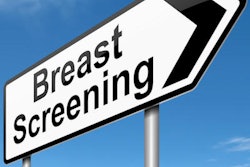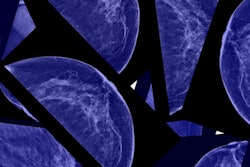The American College of Radiology (ACR) is taking issue with a number of findings in a study on breast screening and overdiagnosis that was published June 8 in the New England Journal of Medicine.
In the NEJM paper, Dr. Donald Lannin and Dr. Shiyi Wang, PhD, from Yale University suggested that many small breast cancers would not grow large enough to pose a health risk to patients, and thus breast screening has been contributing to overdiagnosis of cancer. They based their analysis on statistical models, as well as research performed by Bleyer and Welch in 2012 that estimated 22% of breast cancers were the result of overdiagnosis.
In its response, the ACR took issue with a number of elements of the NEJM paper, in particular its estimate on overdiagnosis rates. The ACR stated its belief that the overdiagnosis rate is more likely to be 1% to 10%, mostly due to the inclusion of ductal carcinoma in situ (DCIS), which is noninvasive cancer that is often treated. The organization also criticized the Lannin/Wang paper for using unsupported assumptions rather than direct patient data.
Indeed, the NEJM paper supports the concept that younger women are more likely to develop aggressive breast cancer, and therefore screening should begin at 40, according to the ACR. The organization also noted that the breast cancer death rate in the U.S. has fallen by 38% since the 1980s, following the introduction of widespread breast screening.
"Large studies ... show women who get regular mammograms cut their breast cancer death risk nearly in half," the ACR response states. "Annual screening results in more lifesaving benefit than biennial screening for every age group."



















